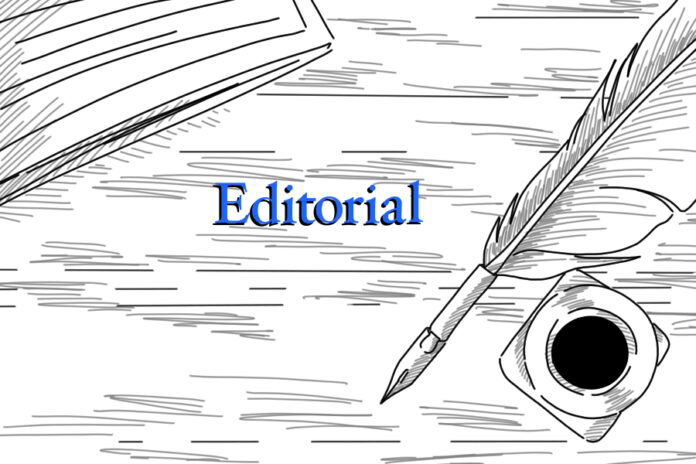The clock serves as a reminder of the impacts of real-world issues — but it’s not too late
By THE EDITORIAL BOARD
As 2024 kicks off, we are already reminded of how we are living on borrowed time — metaphorically speaking. On Jan. 28, 2025, The Bulletin of the Atomic Scientists declared that the Doomsday Clock now reads 89 seconds to midnight, the closest it has read since its creation in 1947. The official announcement stated that even the shift of a single second should be taken as an unmistakable warning of the increased probability of global disaster.
While the clock isn’t predicting a definite outcome, its metaphorical weight should serve as a wake-up call, urging people to continue seeking out information and leaders to reevaluate their choices with an ethical mindset. Now more than ever, it’s imperative that we understand the severity of the events we are currently facing and the lasting impact they will have on humanity — because there is always time to rewrite these wrongs.
Upon its founding in 1945, The Bulletin’s main incentive with the creation of the Doomsday Clock was to educate the public on the consequences of nuclear weapons, with several of the Chicago-based scientists on the project also having worked on the world’s first atomic bomb.
“We do not advise Americans that doomsday is near and that they can expect atomic bombs to start falling on their heads a month or year from now,” an article from The Bulletin, regarding the Soviet Union’s successful testing of its first atomic bomb in 1949, reads. “But we think they have reason to be deeply alarmed and to be prepared for grave decisions.”
The clock was originally set at seven minutes to midnight because The Bulletin member and the clock’s designer, Martyl Langsdorf, claimed that it “looked good to his eye.” Now, the clock hands have been repositioned a total of 26 times, oscillating closer to and farther from midnight over the past several decades. The clock read 17 minutes to midnight in 1991, after the Cold War had ended and the Strategic Arms Reduction Treaty between the Soviet Union and the United States was signed. This was the farthest the clock had been to midnight, and now we are closer than ever before.
The non-profit organization sets the clock annually, assessing three main factors: nuclear proliferation, climate change and disruptive technologies. With the rise of Artificial Intelligence (AI), the Russia-Ukraine war and the Israel-Palestine conflict, scientists have determined that the international order of nuclear actors and the lack of action taken toward climate change are the main signifiers of doomsday being a mere 89 seconds away.
The recent events happening on a global scale have been nothing short of frightening, leaving anyone who has been keeping up with the news unsettled and unsure of what is to come. While the metric by which the elements of the Doomsday Clock are decided may be arbitrary, it still signifies real dangers across the globe. However, the clock’s countdown does not need to be a cause of unnecessary panic and can instead be used as motivation to power through times of uncertainty. The Editorial Board encourages you to stay informed and reflect on the impact that the decisions and events taking place will have on the future. Unlike the restrictions linear time bears, we still have the chance to rewind the Doomsday Clock.
Written by: The Editorial Board





